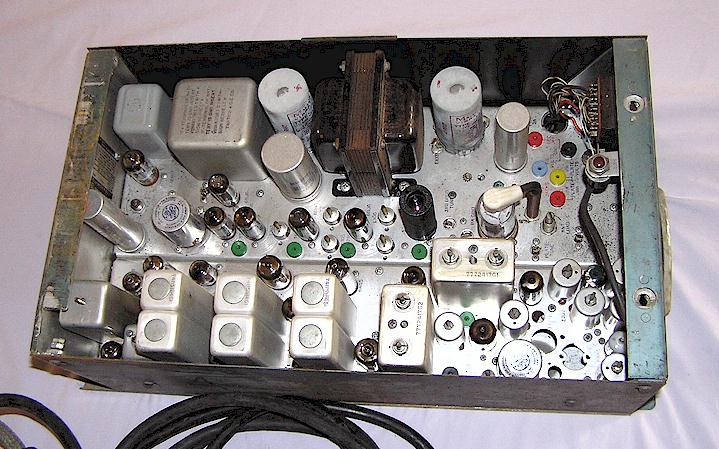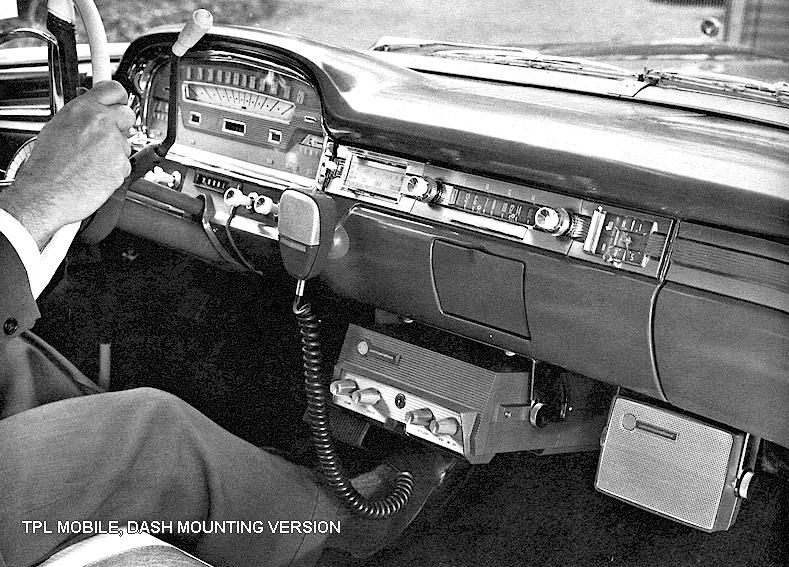I don't want to sound too hard on Geof, but
To upgrade your alternator is a rather simple process.
Maybe, maybe not. READ please this MAD article about the pitfalls of bulkhead connectors that are in poor shape, along with other problems in the harness caused by 40 years of detriment
http://www.madelectrical.com/electricaltech/amp-gauges.shtml
Generally, the problems are:
Deteriorated bulkhead connector terminals
Too small wire for a substantially larger alternator, especially when coupled with lots of add ons, like electric fans, pumps, big stereos, modern headlights. This has been bandied about previously, but there is evidence that "fleet" cars (police/ taxies) used modified alternator wiring, that is, larger wiring fed through the bulkhead separately, for larger alternator installations.
Problems right at or in the ammeter---the ammeter can corrode internally. The studs of the ammeter are not brazed to the internal guts (shunt) but are "almost" rivited, and rely on the nuts for electrical connection. The melted ones shown in MAD article actually are victims of later model PLASTIC cluster castings.
Problems in rare cases with the "in harness" (welded splice) shown in the simplified MAD diagram
find an old underhood wiring harness from a 72 or later car with electronic ignition and snip the voltage regulator pigtail from the harness to splice into your existing harness
You don't have to get that carried away. You can buy new regulator pigtails from some parts stores
Then get yourself a squareback, dual field alternator of the required amperage and the newer style voltage regulator.
This IS substantially true, and there are other (off brand) alternators some guys like, as well. Properly, these are not "dual field" they are "isolated field." They have dual field CONNECTIONS, not "dual fields"
So it may NOT be all that eezy peezy
So in conclusion, PLEASE CAREFULLY read that MAD article. If you do not decide to perform the ammeter bypass, at least examine carefully the factory wiring AND THE bulkhead connector.
Don't go hugely overboard on your alternator. Something in the 45-55A range should run a "normal" car just fine. Getting up in the 60A and larger units may start to cause problems with your old wiring. The above mentioned "square back" units like this:
But also, you do not HAVE to convert to the 70/ later regulator. You can buy a better, solid state 69/ earlier style regulator, a Standard brand VR-128, or a NAPA VR-1001
which look like this:
You can use this regulator with EITHER the early style 69/ earlier alternator OR the more modern 70/ later "square back" style. All you need to do in that case is ground one of the brushes on the square back, and hook it up with your original factory harness!!!
It just depends on what you "fall into." If you have to BUY a new regulator and pigtail, you can probably get the improved VR-128 type about as cheap, and it will save you a little bit of rewiring.




















